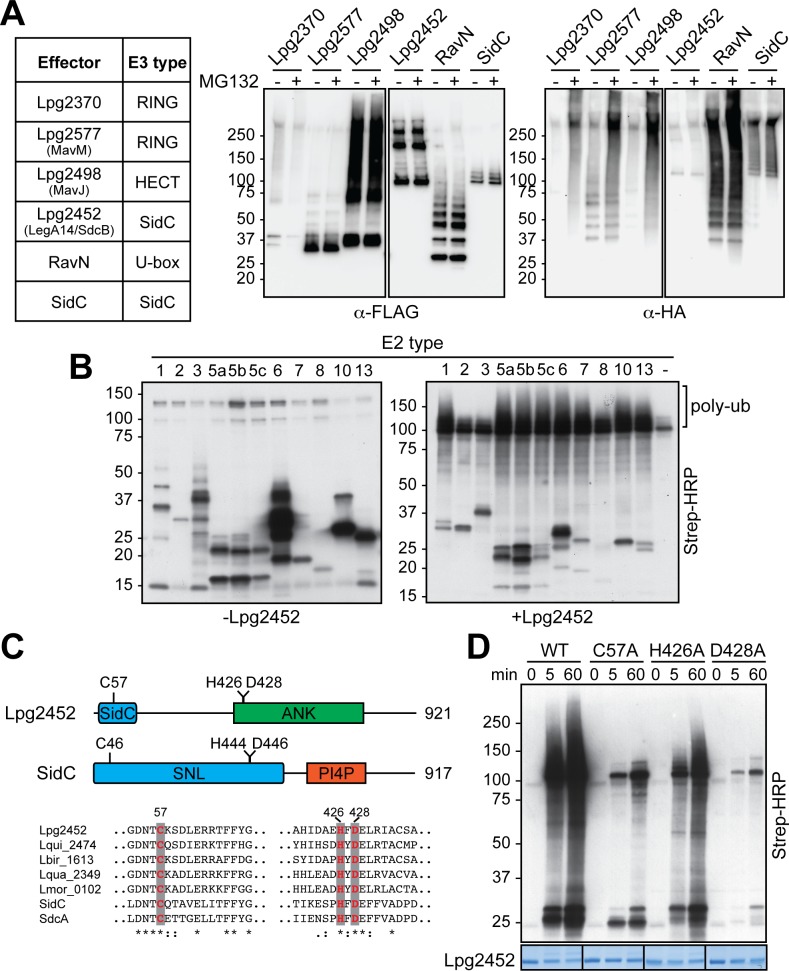Fig 6. Identification and validation of previously unrecognized E3 ligase effectors.
(A) Cell-based ubiquitylation assay. L. pneumophila effectors examined in the cell-based ubiquitylation assay are listed in the table with their predicted type of E3 indicated. FLAG-tagged effectors were co-produced with HA-tagged ubiquitin in transiently transfected HEK293T cells in the presence (+) or absence (-) of MG132 (proteasome inhibitor; 10 μM final concentration). The FLAG-tagged effectors were immuno-precipitated and detected by immunoblot using anti-FLAG antibody (left) while ubiquitylated species were visualized with an anti-HA antibody (right). (B) Lpg2452 catalyzes poly-ubiquitylation in in vitro reconstitution assays. The E2 enzymes present are listed on top of each lane. The lane labeled (-) lacks an E2. The blot on the left shows a control assay performed without Lpg2452. The position of poly-ubiquitylated products is indicated in bracket. (C) Top: Schematic representation of Lpg2452 and SidC. The region of Lpg2452 homologous to the E3 ligase domain of SidC is shown in blue; ANK, Ankyrin repeat region in green; SNL, SidC N-terminal E3 ligase in blue; PI4P, phosphatidylinositol 4-phosphate binding domain in orange. The location of the catalytic residues is indicated. Bottom: Primary sequence alignment of Lpg2452 with homologs from other Legionella species (Lqui_2474 from L. quinlivanii, Lbir_1613 from L. birminghamensis, Lqua_2349 from L. quateirensis, and Lmor_0102 from L. moravica; SidC and SdcA from L. pneumophila strain Philadelphia-1). The conserved catalytic triad residues (Cys57, His426, and Asp428 in Lpg2452) are highlighted. Identical residues are indicated with asterisks (*), highly conserved residues with colons (:), and weakly conserved residues with periods (.) (D) The Cys-His-Asp catalytic triad is critical for the E3 ligase activity of Lpg2452. In vitro reconstitution assay comparing the E3 ligase activity of wild-type (WT) Lpg2452 with that of the indicated catalytic mutants was performed using UbcH5a as E2. Poly-ubiquitylated species were detected at the indicated time points [in min] by HRP-conjugated streptavidin. The total amount of Lpg2452 and catalytic variants in each reaction was confirmed by Coomassie Blue staining (bottom).

